The snow leopard, often referred to as the “ghost of the mountains,” is one of the most elusive and remarkable big cats in the world. Found in the rugged mountain ranges of Central and South Asia, this predator is perfectly adapted to thrive in one of the harshest environments on Earth.
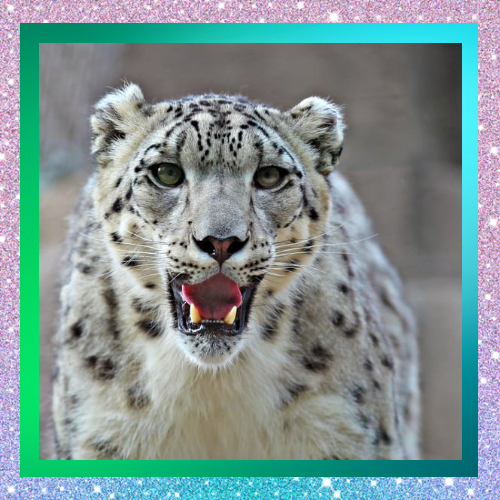
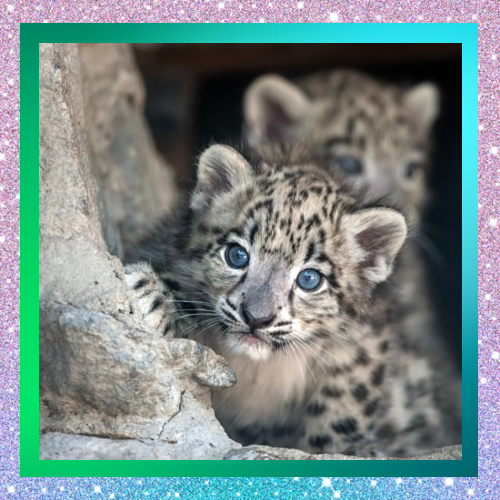
Habitat and Distribution
Snow leopards inhabit the high-altitude regions of 12 countries, including India, Nepal, China, Mongolia, and Afghanistan. These cats prefer elevations between 9,800 and 17,000 feet, where rocky terrain and sparse vegetation dominate. Their territories often overlap with the Himalayan ranges and the Tibetan Plateau.
These animals favor steep cliffs and rugged landscapes, which provide cover for stalking prey and protection from potential threats.
Physical Characteristics
Snow leopards possess a unique combination of features that help them survive in their cold, mountainous homes:
• Thick Fur: Their dense, woolly coats insulate them against freezing temperatures. The fur ranges from smoky gray to creamy white with black rosettes that offer excellent camouflage.
• Long Tail: Their tails are not only long but also thickly furred. This helps with balance while navigating steep cliffs and acts as a blanket during rest.
• Compact Build: Their short limbs and wide paws distribute weight evenly, making it easier to walk on snow.
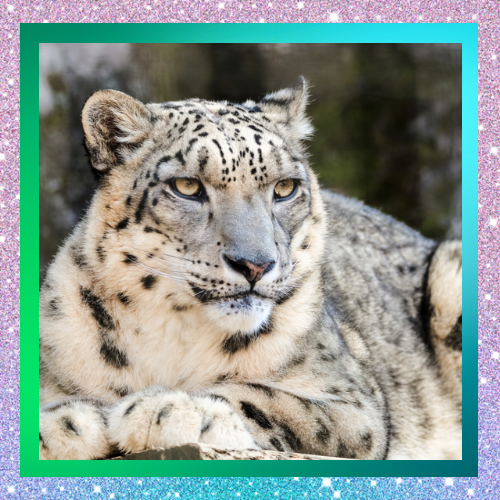
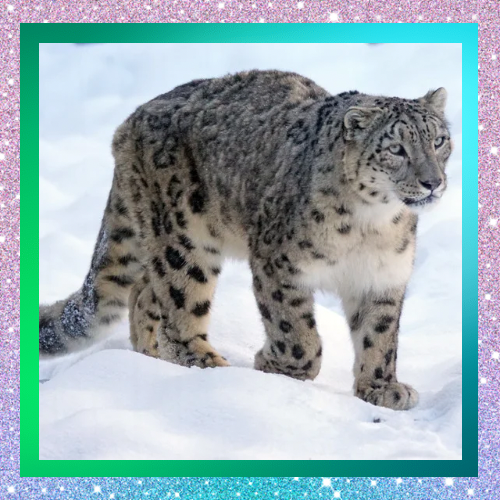
Behavior and Diet
These cats are solitary and highly territorial. They are most active at dawn and dusk, exhibiting crepuscular behavior. Unlike many other big cats, snow leopards cannot roar due to the structure of their vocal cords. Instead, they communicate through yowls, growls, and hisses.
Their diet mainly consists of:
• Blue Sheep (Bharal): Common in their habitats.
• Argali Sheep and Ibex: Other primary prey species.
• Smaller Mammals: Including marmots, hares, and birds.
When food is scarce, they may target livestock, which sometimes leads to conflicts with humans.
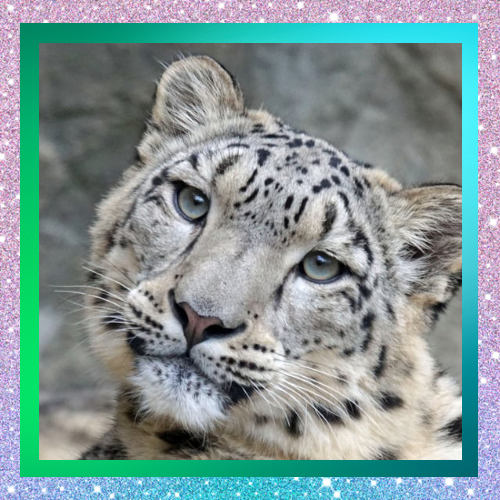
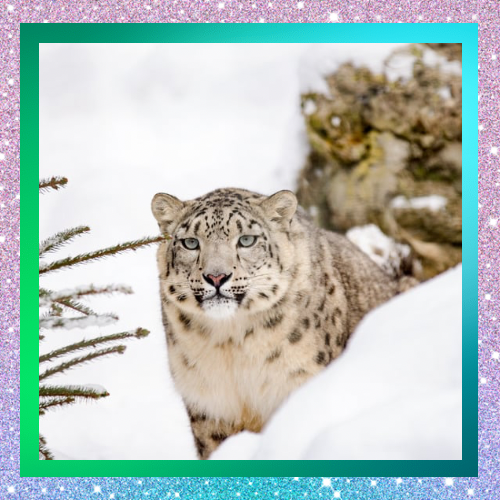
Adaptations for Survival
Snow leopards are perfectly equipped for their environment. Their large nasal passages warm cold air before it reaches their lungs. Their fur-covered feet act like snowshoes, enabling them to move quietly across icy terrain. These adaptations allow them to survive in temperatures as low as -40°F.
Snow leopards are known for their extraordinary agility and balance in their rugged mountain habitats. Despite these abilities, there have been documented cases of snow leopards falling significant distances—up to 400 feet—while chasing prey or navigating steep cliffs. Remarkably, these falls often result in little to no injury, showcasing the resilience and adaptability of this species.
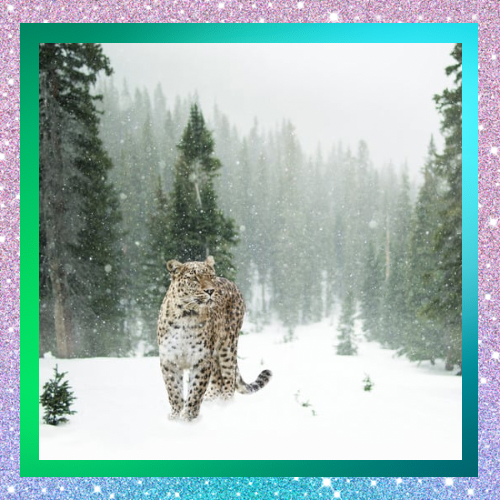
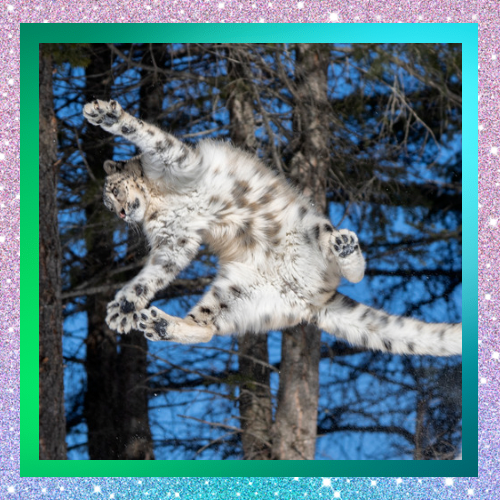
Surviving Such Falls
Several factors contribute to a snow leopard’s ability to survive such dramatic falls:
1. Flexible Body Structure: Their muscular build and flexibility allow them to absorb impact effectively, distributing the force across their bodies.
2. Thick Fur Padding: Their dense fur and fat layers provide some cushioning, especially during colder seasons when their coats are at their thickest.
3. Adaptations for Balance: Their long, bushy tails act as stabilizers, helping them adjust their position mid-fall and reduce the risk of landing awkwardly.
4. Natural Environment: Falls often occur on steep, rocky slopes covered in snow, which can lessen the impact compared to a hard, flat surface.
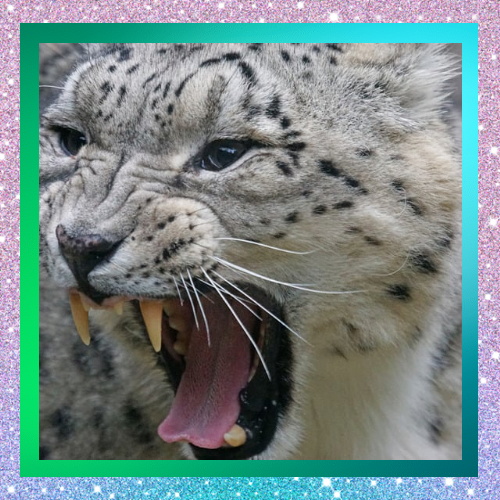
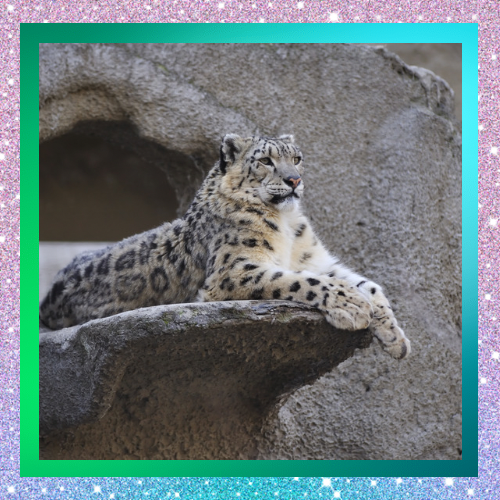
Why Do These Falls Happen?
Snow leopards are expert hunters in some of the most treacherous terrains on Earth. Their prey, such as blue sheep or ibex, often escape by darting down cliffs or steep slopes. In the heat of the chase, snow leopards may lose their footing or leap blindly to keep up with their quarry.
While these falls might seem harrowing, they highlight the incredible physical capabilities and survival instincts of snow leopards. It also underscores the challenging environment in which they live, where every hunt is a high-stakes endeavor.
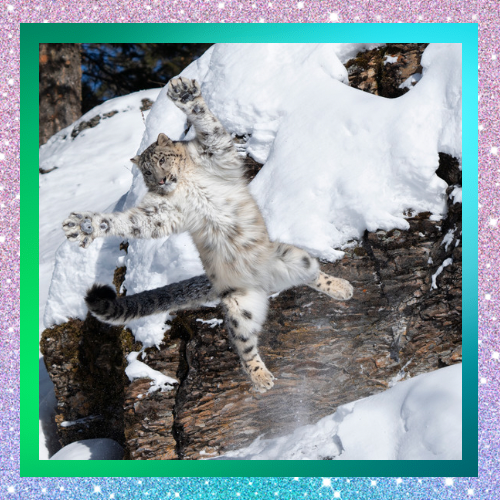
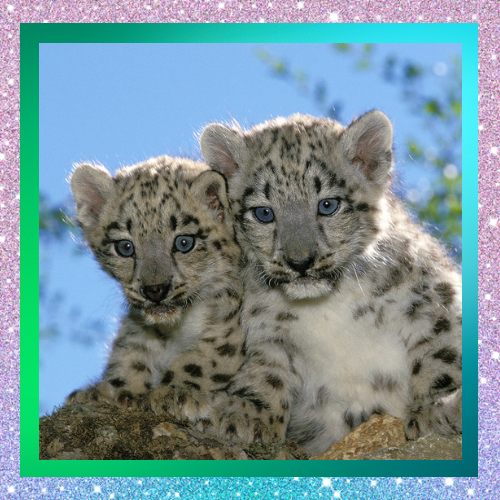
Conservation Status
The snow leopard is listed as “Vulnerable” on the IUCN Red List. The primary threats to their survival include habitat loss, poaching, and retaliation killings by herders. Efforts to protect this species have included community-based conservation programs and better livestock management practices to reduce human-wildlife conflict.
Fun Facts About Snow Leopards
1. Long Leaps: Snow leopards can jump up to 50 feet in a single leap, making them one of the most agile big cats.
2. Thick Fur for Warmth: Their belly fur can be up to 5 inches thick.
3. Hidden Spotting: Despite their size, they are masters of disguise and often go unnoticed even when nearby.
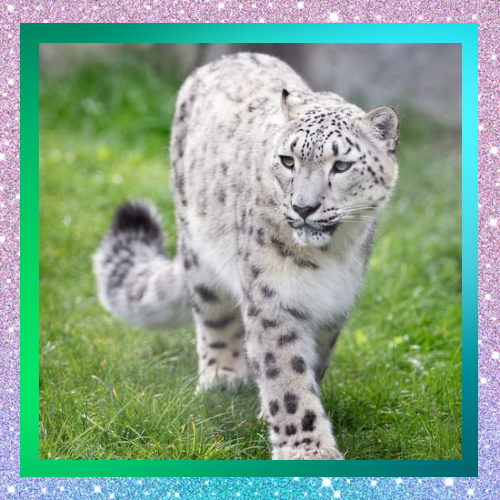
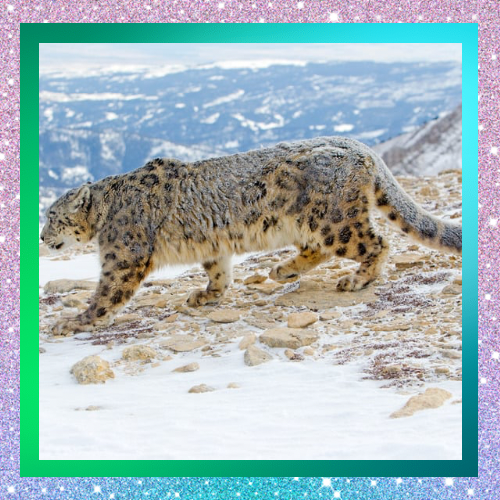
4. Tail for Survival: In extreme cold, they curl up and wrap their tails around their faces for warmth.
5. Lone Wanderers: Unlike lions, they do not live in prides and are rarely seen in pairs except during mating or when a mother is with cubs.
Efforts to Protect the Ghost of the Mountains
Several organizations, including the Snow Leopard Trust and WWF, are working to protect these animals through community outreach, research, and habitat preservation. Engaging local communities and providing economic incentives for conservation have shown positive results in reducing conflict and ensuring the survival of this remarkable species.
The snow leopard’s blend of mystery and beauty continues to captivate researchers and nature lovers, highlighting the importance of preserving their mountain habitats.
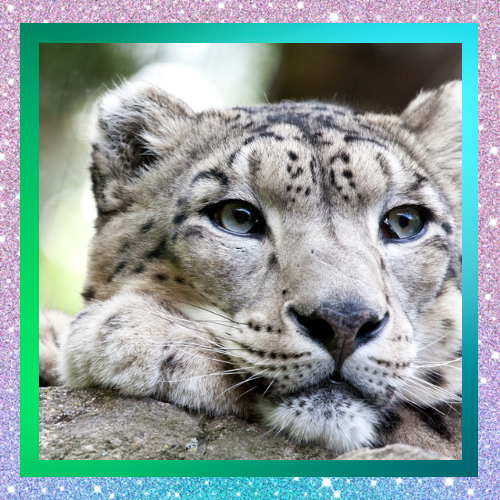
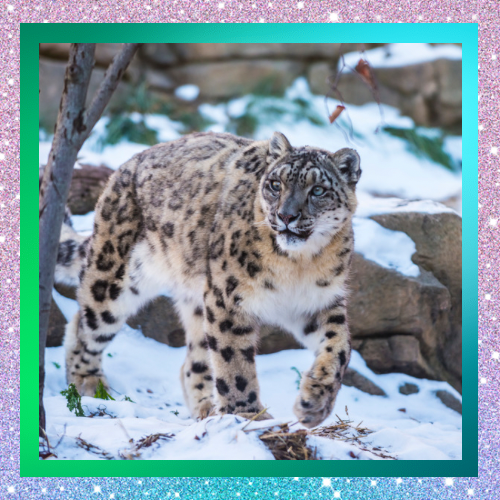
References
• International Union for Conservation of Nature (IUCN). “Snow Leopard Conservation.” https://snowleopard.org/snow-leopard-conservation-gets-boost-from-iucn-save-our-species/
• Snow Leopard Trust. “Snow Leopard Facts.” www.snowleopard.org
• World Wildlife Fund (WWF). “Snow Leopard Overview.” www.worldwildlife.org


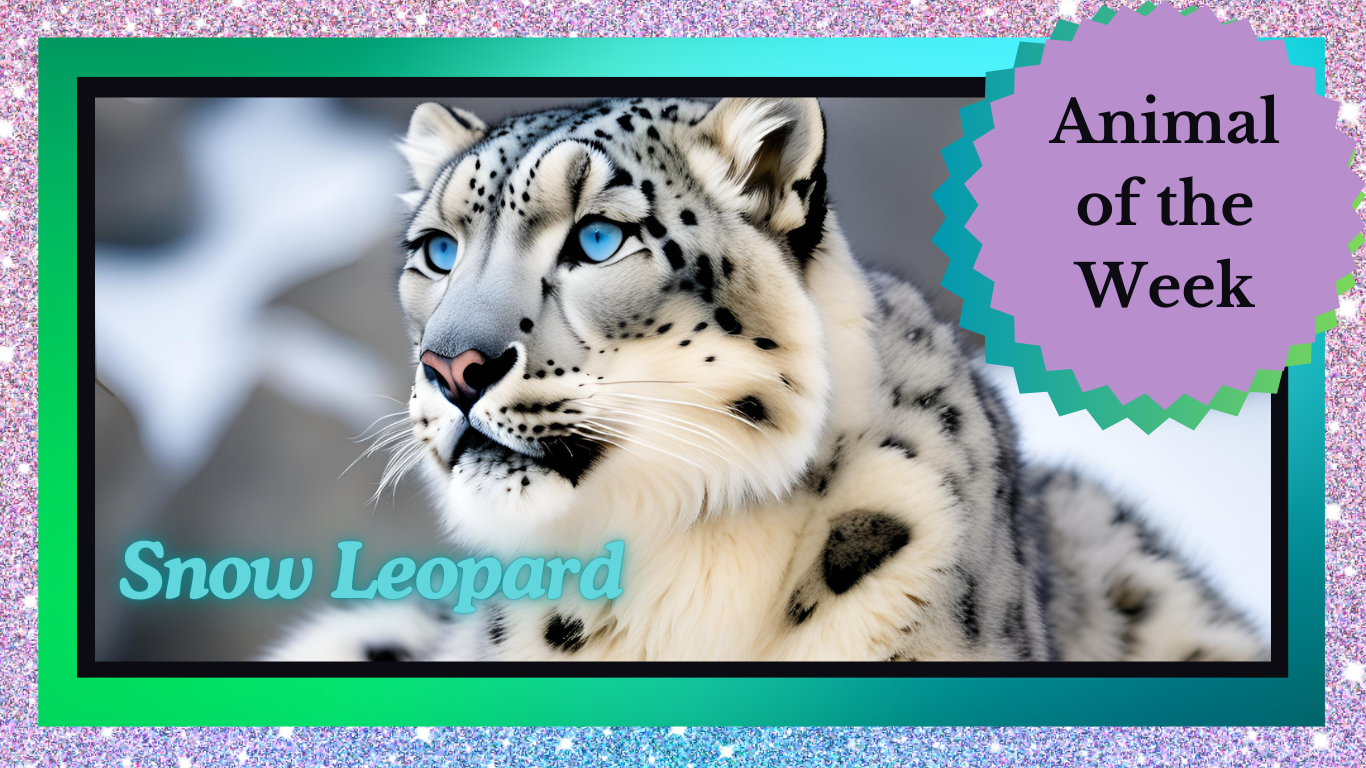


The depth of research and clarity in your writing is truly impressive. I found this article very helpful and will definitely be applying some of these ideas.
Good web site! I truly love how it is easy on my eyes and the data are well written. I am wondering how I could be notified when a new post has been made. I’ve subscribed to your RSS feed which must do the trick! Have a great day!
Youre so cool! I dont suppose Ive learn something like this before. So good to search out someone with some original ideas on this subject. realy thank you for beginning this up. this web site is one thing that is wanted on the internet, somebody with slightly originality. helpful job for bringing something new to the web!